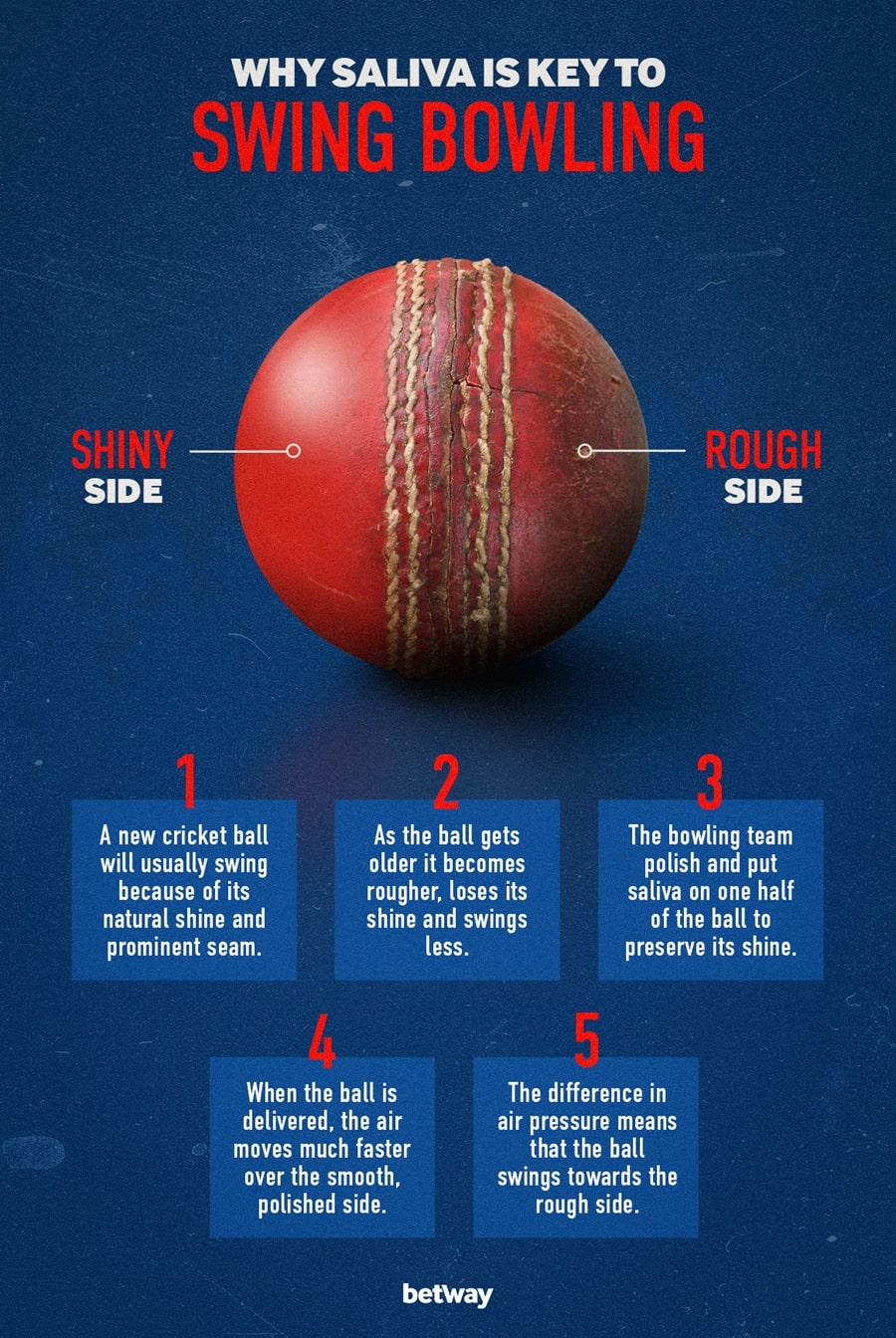Ex-South Africa bowler Charl Langeveldt explores how bowlers can get the most out of the ball without the use of saliva

It was a joyous site to see England in their Test match whites once again when they took to the field against West Indies at the Ageas Bowl. With places to play for and a bustling West Indies bowling attack, on the surface it seems as though little has changed since the Covid-19 enforced break.
But, as there rightly should be, the ICC have set specific regulations with regards to hygiene. Players can easily manage not embracing each other in celebration when a wicket falls but one particular change that will have an impact on the game is the ban on saliva being used to shine the ball.
Saliva is used to shine one side of the ball to make it swing. Few weapons are more dangerous in English conditions and this summer bowlers will have to find alternatives.
Ex-South Africa seamer Charl Langeveldt was a master of swinging the ball during his career, he discusses how bowlers can still cause the batsmen trouble during this English summer.
“The Dukes always gives you a bit of something,” the 45-year-old tells Betway. “We will find ways to shine the ball, whether that’s being a little bit more aggressive on the shining side of things.
“Once one side of a Dukes ball gets scuffed up and you polish the other side, it does swing a lot more and it swings for longer.”
Saliva quickens the shining process, heightening the difference between the rough and smooth sides of the ball.

“I don’t know how they’re going to do it. I’m going to be interested to watch how swing bowlers like Jimmy Anderson manage.
“Luckily enough, the ball moves around in England anyway.”
In Anderson and his fellow bowling partner Stuart Broad, England have two of Test cricket’s greatest swing bowlers, and much of their success is due to utilising their home conditions.
While Broad has not been selected for the first Test at the Ageas Bowl, Anderson will lead the attack once again. The Lancashire bowler has already taken more wickets than any other quick bowler in Test history but he will be desperate to claim another 16 scalps and reach 600 Test wickets.
However Langeveldt feels wickets may be harder to come by in Southampton.
“I found it a lot harder when the sun was out especially down south at venues such as the Ageas Bowl.
“For some reason, it was hard to swing the ball there when overhead conditions weren’t favouring the bowler.”
Despite the conditions in Southampton, and the ICC regulations, perhaps going against Anderson, Langeveldt is still a huge fan of the Englishman, saying, “he’s got the perfect wrist,” and regularly refers to Anderson’s technique when coaching young bowlers.
“You don’t want to change bowlers’ styles too much but I think getting the wrist in a strong position is really important.
“If you look at a guy like Kagison Rabada, he was more of a seam bowler when he came on to the scene, and he worked on getting the seam position and wrist in a stronger position to be able to swing the ball more,” Langeveldt explains.
“Then there’s Anrich Nortje, who bowls 140 – 145kph but needs a bit more variety. Anderson is a great example to these guys.”